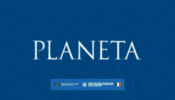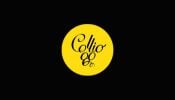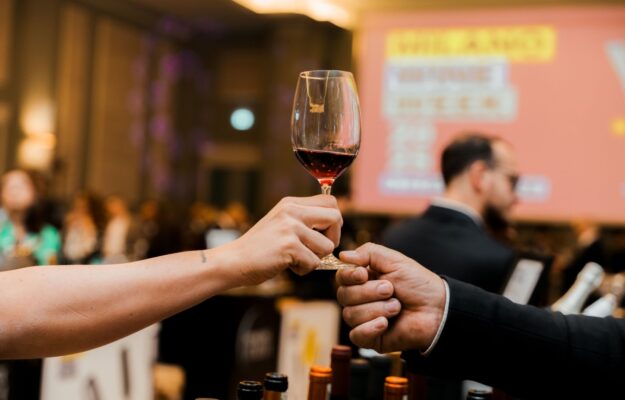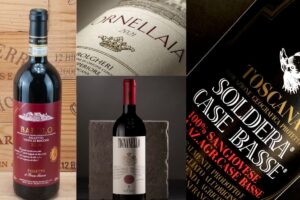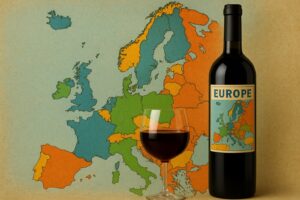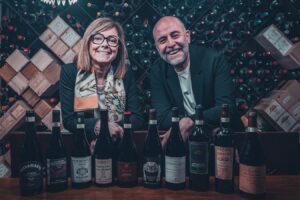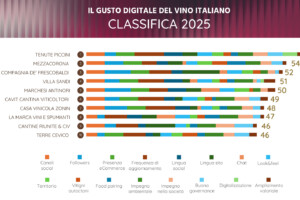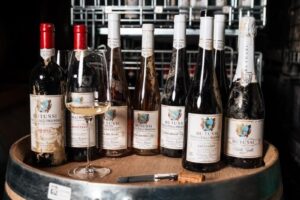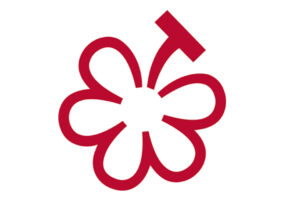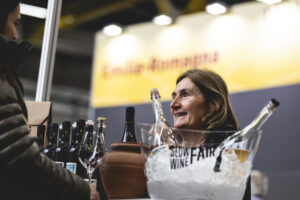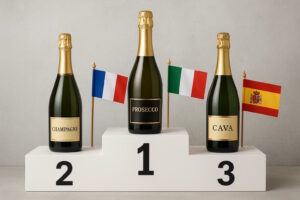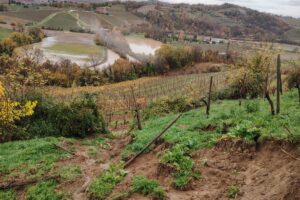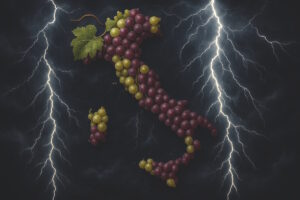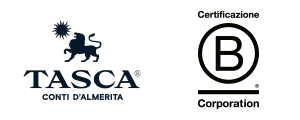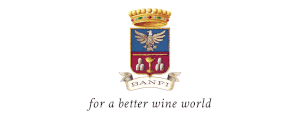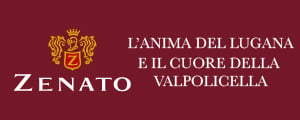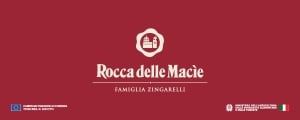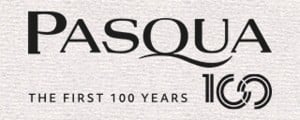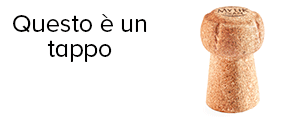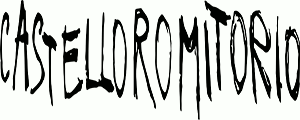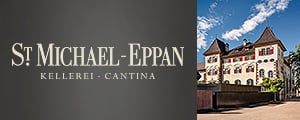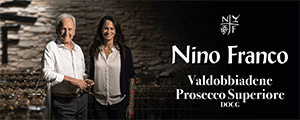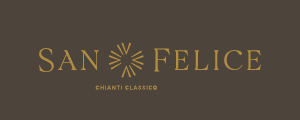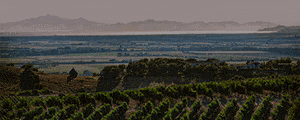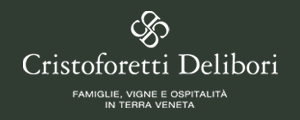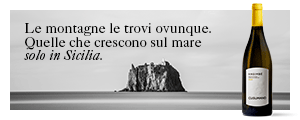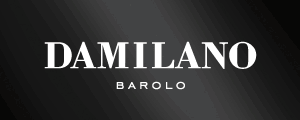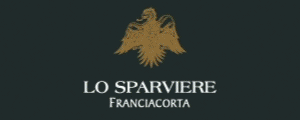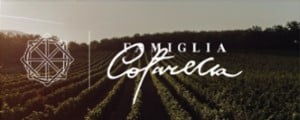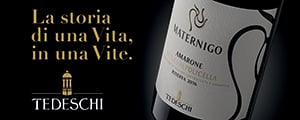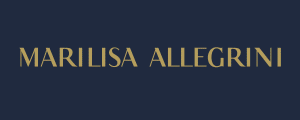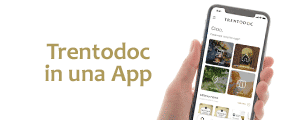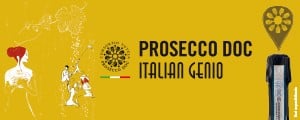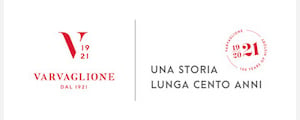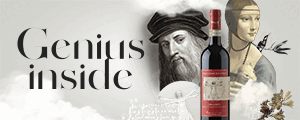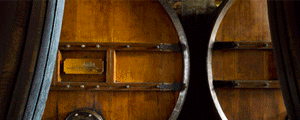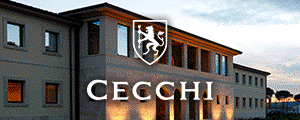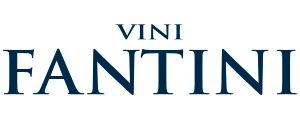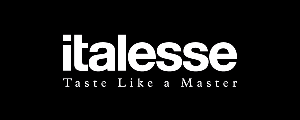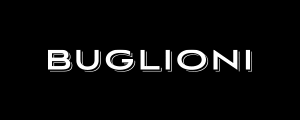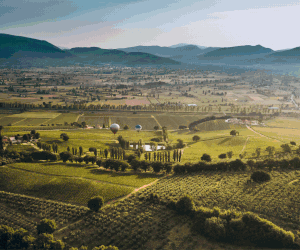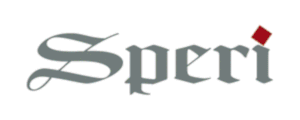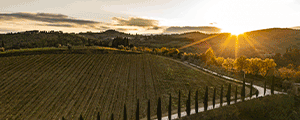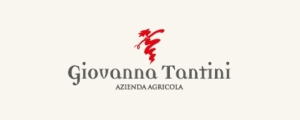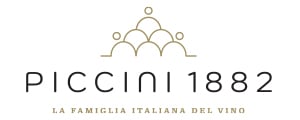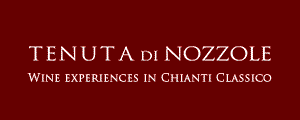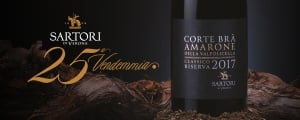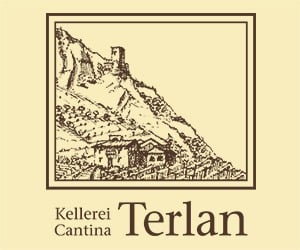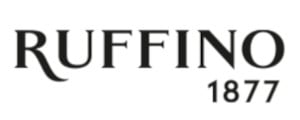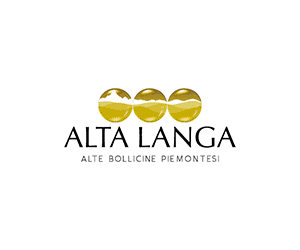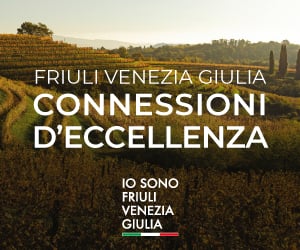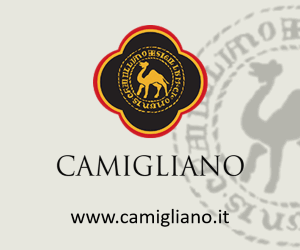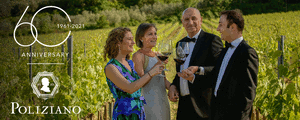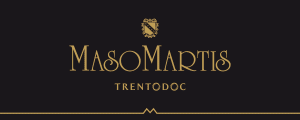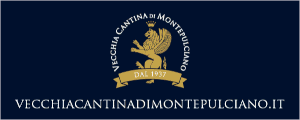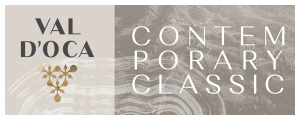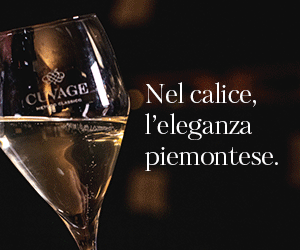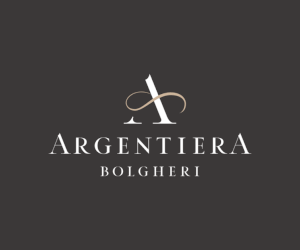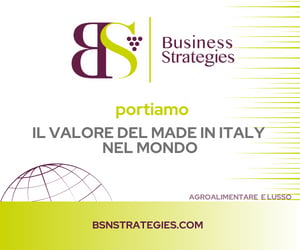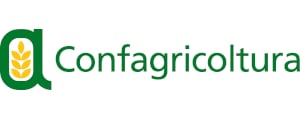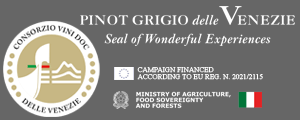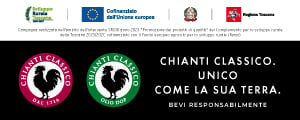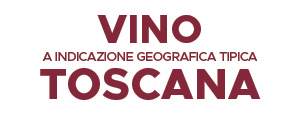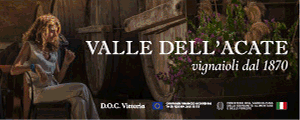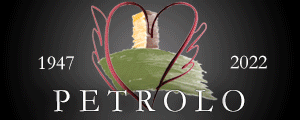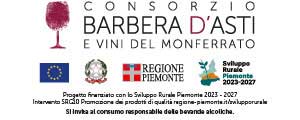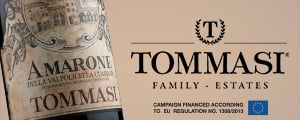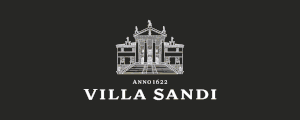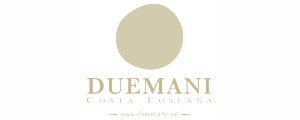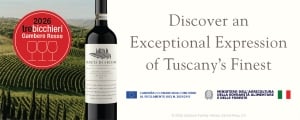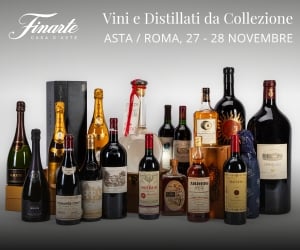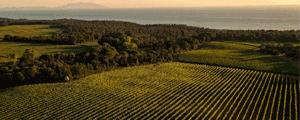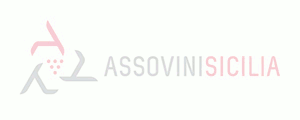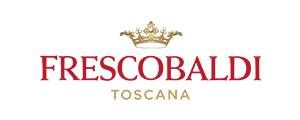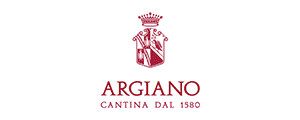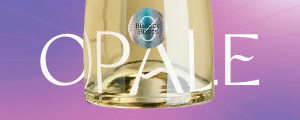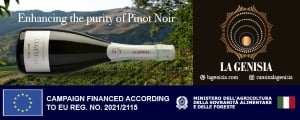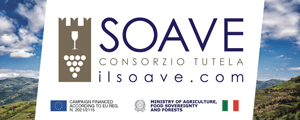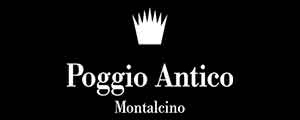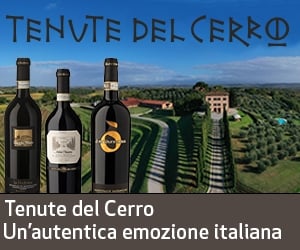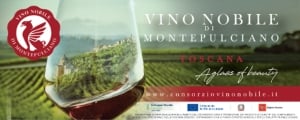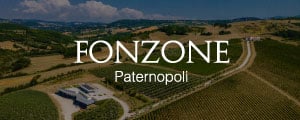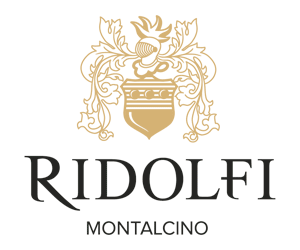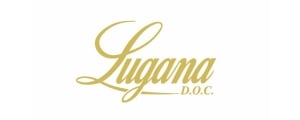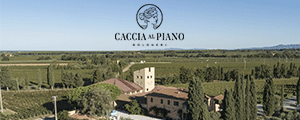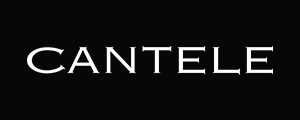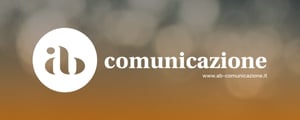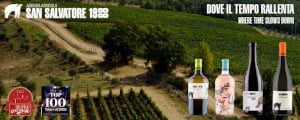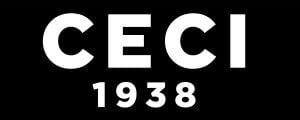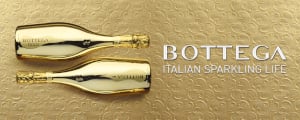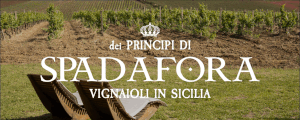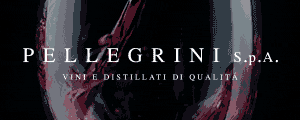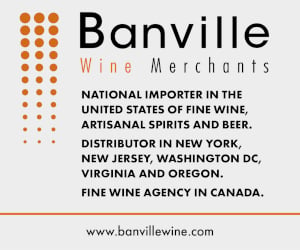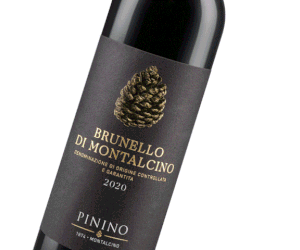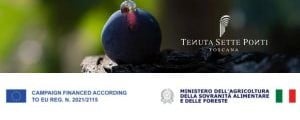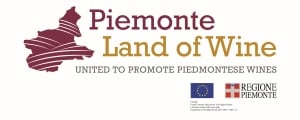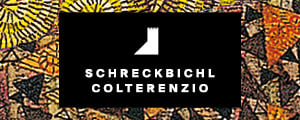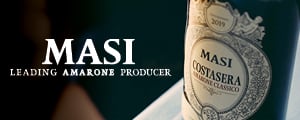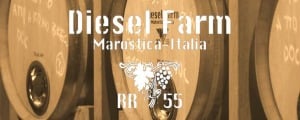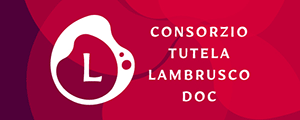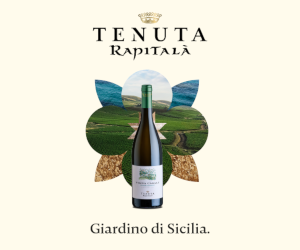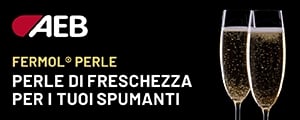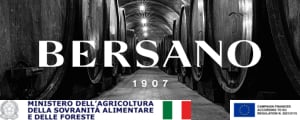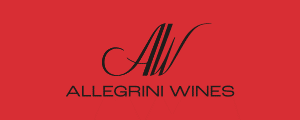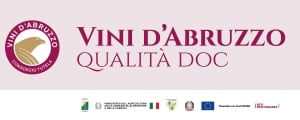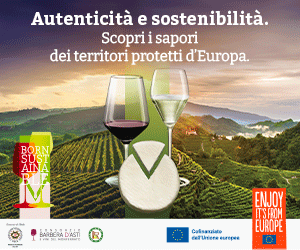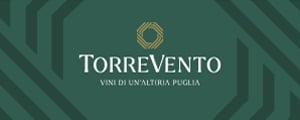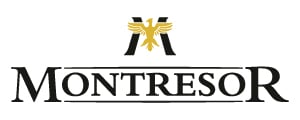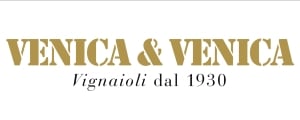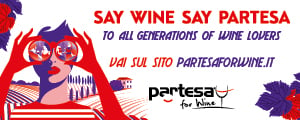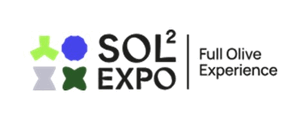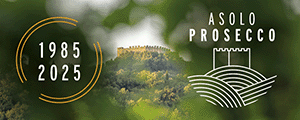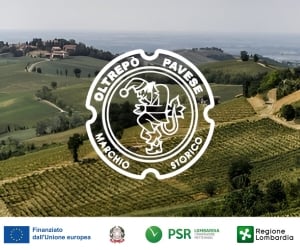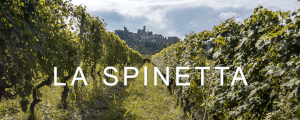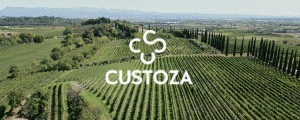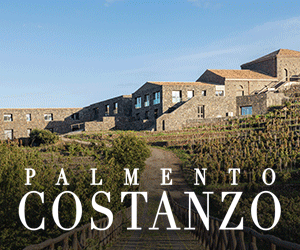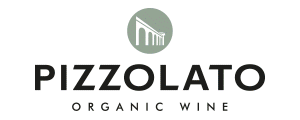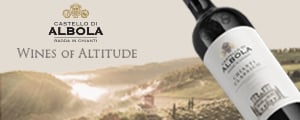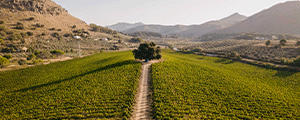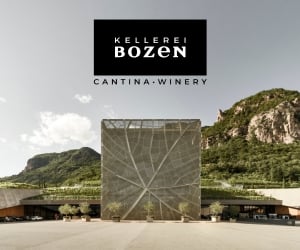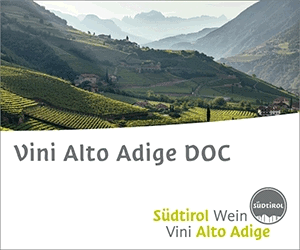In August 2025, wine bottle sales in large-scale distribution reached a turnover of 3.1 billion euros, showing a slight increase in value (+0.6%) and a decline in volume (-1.8%) compared to a year ago, with Southern Italy representing the most dynamic area in the country with a +5.3% increase in value and nearly stable volumes. Regarding Horeca, 19% of surveyed Italians admitted that in 2026, they will reduce the frequency of dining out to cope with the rising cost of living: they will go out less, but better, since 66% of the sample said that, given the same quality, they would opt for a more valuable experience. In a global market where Italy is the leading foreign wine operator in the U.S. and a leader in sparkling wines (with stable sales despite tariffs), attention is also turning to emerging markets such as Brazil, Mexico, and China. These insights come from a NielsenIQ survey analyzing global and national trends and forecasts in the wine sector (across Gdo, domestic and international, and Horeca), widespread during “Milano Wine Week” (October, 4th - 12th) on “Carrefour Day.”
In modern retail, the “first chapter” of the NielsenIQ research, 21.8 million Italian households (representing 84.6% of citizens) purchase wine and sparkling wine in Gdo: on average, nearly two bottles per month, with an estimated annual expenditure of 137 euros. “Today’s wine - commented Lorenzo Cafissi, Head of Beverage e Home & Personal Care Carrefour Italia - is not just about consumption, but about culture and responsibility. Our role is to guide people on a journey of discovery that combines quality, sustainability, and transparency. Bringing excellent wine to the shelves means telling its stories and making them accessible to everyone”. “Among buyers, households led by individuals aged 55 and over, without dependent children and with above-average income, are the most numerous (29.7% of the total, ed) - explains Eleonora Formisano, Sales Lead at NielsenIQ - conversely, younger families with children and below-average income, while representing a smaller share of total consumers (21.8%), are showing the highest growth in both numbers and consumption, and a stronger inclination toward purchasing premium products”. Among the most frequently purchased wine categories in supermarkets and hypermarkets, there are sparkling wines: the turnover of 784 million euros confirms the growth of the segment in Gdo with increases in both value (+1%) and volume (+2.2%). In contrast, spin-off of still wines is declining, according to NielsenIQ study: of the 2.3 billion euros generated in the past year, half came from PDO wines (down -3.4% in volume, stable in value), while PGI wines, though smaller in scale, also declined in volume (-1.7%) but grew in value (+1.2%).
But, a key driver for wine is also out-of-home consumption, supported by an ecosystem of 438,000 active establishments, including 176,000 restaurants, 150,000 bars, and over 100,000 hotels and other accommodations. According to the analysis, in the past three months, 9 out of 10 Italians visited a bar, restaurant, or venue at least once, more than in other major European markets like Germany and Spain. However, the survey shows a slowdown compared to 2024: six out of ten consumers feel vulnerable to rising prices, and spending on food and drink outside the home is among the first to be cut (a trend also observed at the “General States of the Food & Beverage Market”). In this context, respondents said that in 2026 they plan to reduce out-of-home consumption to cope with rising housing and living costs (while 19% foresee going out less, 13% plan to go out more). Despite this, wine remains a key category, still the preferred drink for 2 out of 5 Italians when dining out. And if outings are fewer, they focus on quality, as confirmed by 66% of the sample who, for the same spending, they would choose a more valuable experience. According to NielsenIQ, wine is appreciated by all age groups, but is especially popular among women aged between 35 and 54. And, if Gen X (44-55 years old) currently has the highest purchasing power - in addition to strong affinity with wine - Gen Z (18–27 years old) behaves differently inasmuch as they are very active in out-of-home consumption, but with a preference for cocktails and beer over wine. Moreover, there is also a growing trend toward health-conscious choices, with No and Low Alcohol categories, still niche, showing signs of expansion (as also reported by a Circana analysis). “Wine maintains a central role in the Italian out-of-home experience, but it must speak to diverse audiences - adds Formisano - we need to offer premium experiences to retain mature consumers and propose new, more immediate formats to engage younger generations”. “In a time of great transformation, the approach to wine is also changing: young families now represent the fastest-growing segment in both numbers and consumption, also showing a stronger inclination toward premium products, comments Federico Gordini, president Milano Wine Week. This is a clear signal of how millennials have changed the approach to wine. In particular, the target of young families led by millennials, who become frequent drinkers after their thirties, stands out for their strong focus on quality and differentiation. This audience has shifted its consumption toward a more qualitative and less quantitative wine experience, and is also driving trends such as wine tourism, winery experiences, and broader participation in wine-related events”.
From the Italian scenario to the international one: NielsenIQ has also analyzed the performance of the global beverage market, which reached a total value of 940 billion dollars in the year ending March 2025, with a 4% growth compared to the previous year. Italy is the leading foreign operator in the U.S. wine market, and the absolute leader in the sparkling wine segment, holding over 40% market share, as well as the second-largest operator overall after the U.S., with a significant 10.1% share in the wine category. Despite the uncertainty surrounding tariffs, sales of Italian wine in U.S. large-scale retail remain stable in both prices and volumes. “Globally, the wine sector in 2025 is undergoing a phase of structural evolution - explains Formisano. - growth is no longer driven by volume increases, but by a process of value enhancement and diversification of sale channels. Italy will have major opportunities if it can combine the strength of its heritage with targeted strategies for positioning, digital development, and presence in emerging markets such as Latin America and China”. South America is seen as one of the most promising markets for Italy, especially due to the advantages stemming from the EU-Mercosur agreement: the total value of the wine market in large-scale retail in the region is 2.3 billion dollars, with Brazil confirmed as the leading country, holding 44% of the market share in both volume and value, and showing a growing consumption trend. Other relevant markets, explains the survey, include Mexico and Argentina: in the first, the average price of wine exceeds 10 euros per liter (the highest in the region), while the second stands out for a very strong value growth, driven by rising prices. But, also China represents one of the most dynamic markets today, with particularly strong growth in social media channels and digital commerce: the country’s vast potential is reflected in over 7 million consumption points, where 87% of Chinese consumers visit restaurants or food venues weekly (+27 percentage points above the global average). Analyzing wine categories globally,
still wines account for nearly three-quarters of the total market value (74.8%), but show a 1.4% decline, with sparkling wines making up 14.4%, and remain largely stable, while Champagne and specialty wines show slight declines. In contrast, there is significant growth in the No and Low Alcohol categories: sparkling wines in this category grew by 17.1%, while still wines increased by 5.9%.
Copyright © 2000/2025
Contatti: info@winenews.it
Seguici anche su Twitter: @WineNewsIt
Seguici anche su Facebook: @winenewsit
Questo articolo è tratto dall'archivio di WineNews - Tutti i diritti riservati - Copyright © 2000/2025

